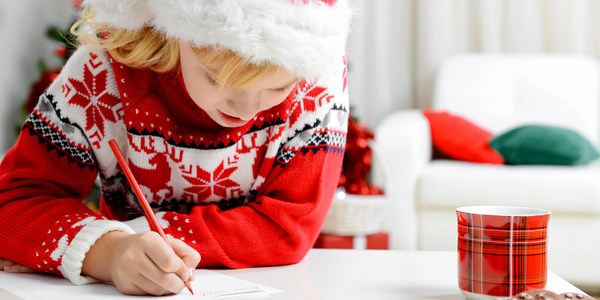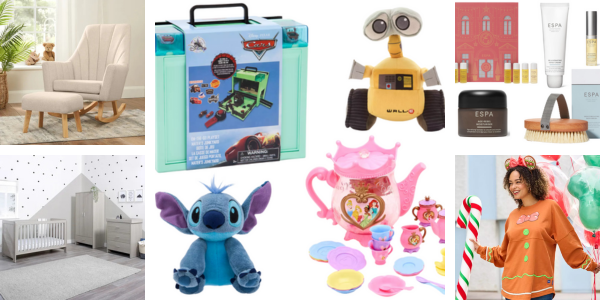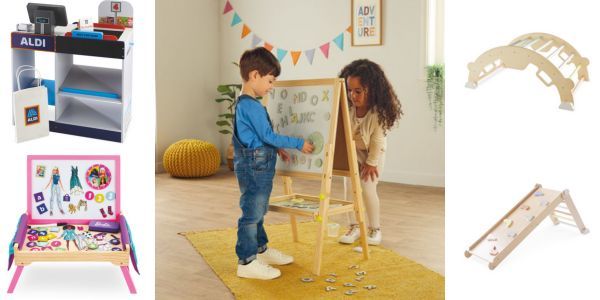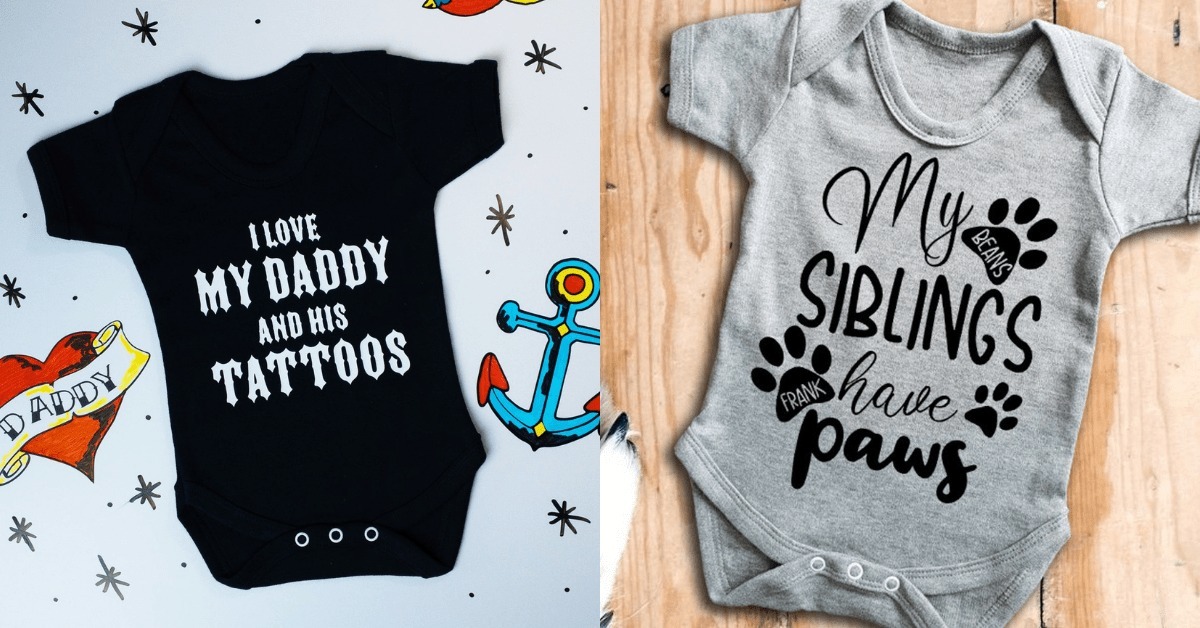.png)
.png)
All sorts of things can cause a rash on your baby, and most of them aren’t serious.
Here’s a quick rundown of what to look out for and what they could mean.
If your baby has a rash and the symptoms below then call 999.
- has a stiff neck
- seems bothered by light
- seems confused or floppy or has a high pitched cry
- has a high temperature (8C or higher if they're under 3 months old and 39C or higher if they're 3 to 6 months old)
- a rash that doesn’t fade when you press a glass against it (do the glass test from Meningitis Now)
- problems breathing - this isn’t always obvious in babies and can sound like grunting, fast breathing or look like their stomach sucking in under their ribs
- very cold hands or feet
- their skin, lips or tongue go pale, blue/grey or blotchy - it can be tricky to see this if your baby has black or brown skin so check soles of their feet, palms, lips, tongue and inside their eyelids for any colour changes
This can be a sign of meningitis and it’s very serious. If you’re ever concerned about your baby don’t hesitate to call the GP or 999, they’ll always take you seriously.
Rashes can be caused by all sorts of things including insect bites, parasites, allergies, infection, fungus, viruses, heat and even their dribble. We’ll cover some of the most common rashes, as always if you have any concerns talk to your GP or health visitor.
Nappy Rash
Nappy rash is usually red, sometimes with spots or blisters and can cover the genital, bum and upper leg area. Some babies seem to suffer from it more than others but it can be caused by badly fitting nappies, sitting in wee or poo for too long, not cleaning your baby’s bum area properly or if they’ve had antibiotics.
It usually lasts a few days and you can use a thin layer of nappy cream to help clear it up. It’s also worth dropping any highly perfumed wipes or lotions and if you can try a different type of nappy. Not cleared up after a few days? Talk to your GP or health visitor.
Dribble rash
If your baby dribbles a lot, especially if they’re teething, they can get a red rash on their lips, mouth and chin. There’s not a lot you can do about this apart from gently wipe away any drool as it appears. If it doesn’t go away then chat to your health visitor or GP.
Acne
We know it’s usually reserved for teenagers but your baby can get acne too. They look like small red spots on their cheeks, forehead and nose. They often appear in the first month and clear up on their own. No need to mess with them.
Eczema
If your baby has patches of red, dry and itchy skin on their face, behind their ears or in the creases of their neck, elbows and knees it could be eczema (sometimes called atopic dermatitis).
Every baby is different, and eczema can be really mild where all you need to do is pop on some unscented moisturiser (don’t use aqueous cream as it can sting) to more serious where you need a steroid cream from the doctor.
You can also do a few things to help. Drop the baby bubble baths. Yes, they are designed for baby skin but can make sensitive skin flare up. Plain water is fine. Keep their bedroom cool and stick to cotton clothes. And if you can, remove any potential allergens like chemicals, cigarettes and pet hair.
Heat rash
You know when you’re on holiday and you get a bit sweaty and then boom you’re covered in itchy red spots? That’s heat rash (prickly heat) and babies get it because they’re not very good at controlling their temperature. It can look fierce and make your baby quite upset.
So to stop the sweat from getting trapped in the first place stick to loose cotton clothes and lightweight bedding. Keep their bedroom cool and make sure they drink plenty of milk (or water if they’re over one).
A damp cloth is a great cool-down method, and if it’s really bad ask your local chemist or doctor for a cream.
Hives
Hives sometimes pop up with heat rash but tend to be bigger red patches or spots and often itch or sting. Your baby might also get them if they’ve had an allergy to food, virus, reaction to medicine or something you’ve touched.
They should go down on their own but contact your GP if they haven’t cleared in a day or two or your baby has problems breathing, swallowing, or a swollen face or mouth.
Food allergy rash
Some milk and food can trigger allergies. If you’re introducing new foods when you wean watch out for a rash, vomiting or diarrhoea, coughing or shortness of breath, swollen lips, a runny nose or itchy eyes.
As well as milk babies commonly react to eggs, foods with gluten, nuts, seeds, fish and soya. If your baby does have a reaction stop feeding them that food and let your GP or health visitor know. It’s a good idea to introduce one food at a time so you can narrow down any allergic reactions.
If your baby has a severe allergic reaction and struggles to breathe or stay awake, call 999.
Erythema Toxicum rash
If your baby has lots of white, yellow or red spots on their face, tummy, chest, back, thighs and tops of their arms in their first few days it could be Erythema Toxicum. Although it has a scary name it’s actually harmless and should clear up on its own.
Milk spots
Milia, sometimes called milk spots, are white or yellow tiny (1-2mm) seed-like pearly sacs under your baby’s skin. You might hear them called baby acne (although confusingly this can be used for red spots too).
About half of all babies get them and they usually pop up around the eyes, cheeks, nose, forehead, and sometimes on their chest and back. Your baby might have none, one or two or loads of them and they have absolutely nothing to do with breastfeeding.
The great news is they’re harmless but no one really knows what causes them. You don’t need to do anything with them and they usually vanish after a few weeks.
Cradle cap
Noticed a few yellow crusty patches on your baby’s head? It’s probably cradle cap. This is a harmless condition and usually clears up on its own. But it can take a while to disappear and you have to resist the temptation to pick it off as it can cause an infection.
Stick to baby shampoo and use a soft brush to loosen the flakes. You can also use baby oil or olive oil to soften the crusts.
Scabies
If you’ve spotted some silvery lines with a red dot at the end or a bunch of red dots it could be scabies. It can pop up anywhere on your baby’s body but often starts on the hands and itches like crazy.
It’s super infectious and you can pick it up from your pets. If your baby has scabies you need to treat your whole family so a quick trip to the chemist is in order. If your baby is under 2 months and you think they have scabies then see your GP.
Impetigo
Impetigo usually appears as red sores or blisters around your baby’s nose, mouth, hands and tummy that crust over into brown patches. Bacteria often cause impetigo so you need to talk to your GP.
It’s mega infectious too so let the patches crust over or treat them for 48 hours before they touch anyone else. And try not to touch the sores yourself.
Ringworm
Ringworm usually shows up as a red or silver ring or oval rash. It’s often very itchy and has nothing to do with actual worms! But your pet dog or cat can pass it on so as well as the humans they’ll need medicine too.
You’ll need a fungal cream, lotion or medicine to treat it so it’s off to the doctors. This is another one that is easy to pass on so don’t share combs, towels, brushes, hats or pillows.
Roseola
Roseola, sometimes called sixth disease or roseola infantum, usually comes up as pinky-red spots bumps. It tends to start on your baby’s chest, tummy and back and spreads to their face, arms and neck. It usually appears 3-5 days after other symptoms including a snotty nose, fever, swollen eyelids or glands.
It can be a bit of a scary rash but you can treat it at home, just keep your baby topped up with fluids and let them rest. The rash should disappear on its own in two or three days.
Slapped cheek
Slapped cheek, also called fifth disease, often starts with a high temp, runny nose, sore throat and headache. Then you’ll notice a bright red rash across their cheeks.
It can then move onto their chest, arms and legs and can be itchy. You don’t need to go to the GP but they might feel under the weather so let them rest, drink plenty of fluids and ask your local chemist if you need help with their fever or itching.
Do I need to call the doctor?
You don’t need to dash off at the first sign of a spot but if your baby seems unwell or you want to get things checked out then give your GP a call. If they show any signs of meningitis then don’t wait, call 999 now.
If you found that useful read our Guide: Weaning Babies With Dairy Allergy/Intolerance


.png)







